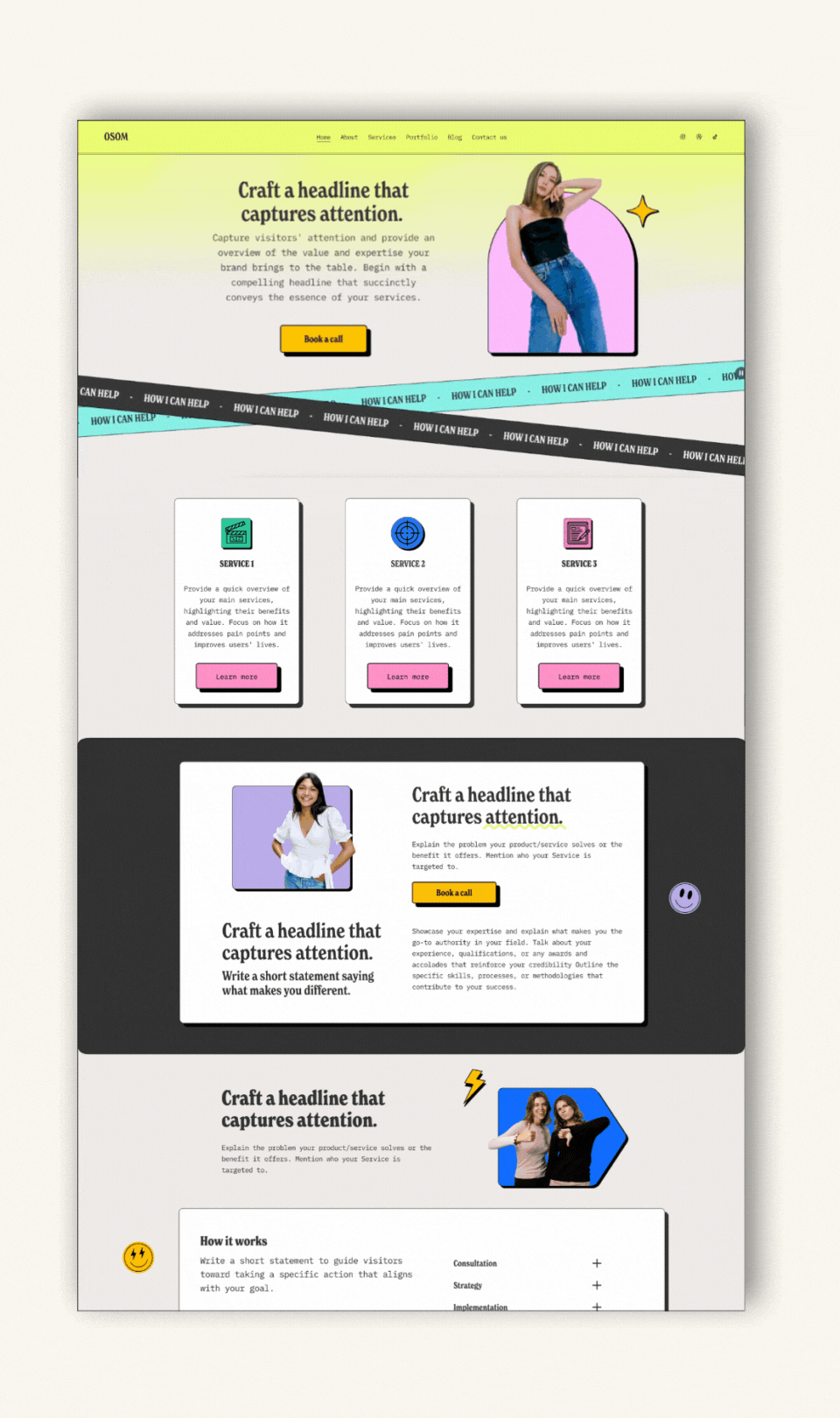Designing for the Impatient User: How to Keep Visitors From Clicking Away
The modern web user is quick to judge and even quicker to leave. Attention spans are shrinking, and users now expect instant gratification from every online interaction. If your website doesn’t load quickly, navigate seamlessly, or communicate clearly, visitors are gone in the blink of an eye—likely to a competitor’s site.
To understand just how fleeting user attention can be, consider this: the average website bounce rate hovers between 26% and 70%, depending on the industry, according to HubSpot. Meanwhile, the average session duration is a brief 2–3 minutes. For businesses, this means every second—and every design choice—matters.
In this blog, we’ll explore the psychology of user impatience, common pitfalls that drive visitors away, and actionable strategies to keep your audience engaged.
Understanding User Impatience
Why are users so quick to leave? It’s not just a lack of interest—it’s psychology.
A Microsoft study famously revealed that the average human attention span has dropped to just 8 seconds, down from 12 seconds in 2000. This makes today’s users less patient than a goldfish, which clocks in at 9 seconds. The shift is driven by an abundance of digital distractions, from social media notifications to endless streaming options, making it harder to hold attention for long.
Users are also wired to make decisions fast. Known as heuristic processing, this psychological tendency means people rely on quick cues to decide whether something is worth their time. If your website doesn’t immediately signal value, relevance, and ease of use, users are likely to hit the back button.
Key Elements That Cause Users to Leave
Despite their fleeting attention, users leave websites for predictable—and often avoidable—reasons. Here are some of the most common culprits:
Slow Load Times
Speed matters. According to Google, 53% of users abandon a site if it takes longer than 3 seconds to load. Even a one-second delay in page response can lead to a 7% drop in conversions.Poor Navigation
Users don’t have the patience to search for what they need. Confusing menus, hidden links, or a lack of clear categories can frustrate visitors and send them elsewhere.Unclear or Overwhelming Content
Walls of text, jargon-filled language, or disorganized layouts make it hard for users to find the information they’re looking for. If users can’t quickly understand your value proposition, they’re gone.
“Most users don’t read websites—they scan them. If your design doesn’t guide them to key information within seconds, they’ll leave,” ”
Design Strategies to Keep Users Engaged
To combat user impatience, your website must deliver a seamless, intuitive experience. Here are some practical strategies to reduce bounce rates and improve engagement:
1. Speed Up Your Website
Use tools like Google PageSpeed Insights to identify load speed issues.
Optimize images and use lazy loading to prioritize visible content.
Minimize CSS, JavaScript, and other backend elements that slow performance.
2. Simplify Navigation
Stick to clear, intuitive menus with minimal categories.
Use breadcrumbs and search bars to help users find their way.
Ensure all links are functional and lead to relevant content.
3. Prioritize Content Clarity
Use short paragraphs, bullet points, and headers to make content skimmable.
Include a clear, bold call-to-action (CTA) above the fold.
Avoid clutter—focus on one key message per page.
The Role of Micro-Interactions in Holding Attention
Micro-interactions are small, purposeful animations or design elements that respond to user actions. They might seem minor, but they can significantly enhance engagement and make your site feel more interactive.
What Are Micro-Interactions?
Buttons that change color when hovered over.
Subtle animations that show progress (e.g., a loading bar).
Visual cues like a “checkmark” appearing after a form submission.
Why They Work
Micro-interactions provide instant feedback, helping users feel in control and guiding them to the next step. A study by the Interaction Design Foundation found that adding subtle animations to CTAs can increase click-through rates by 20% and improve overall scroll depth.
Conclusion
Designing for impatient users isn’t just a challenge—it’s a necessity. By addressing common pain points like slow load times, poor navigation, and unclear content, you can create a user experience that keeps visitors engaged longer. Incorporating modern design strategies, including micro-interactions, can further enhance usability and improve key metrics like bounce rate and session duration.
Is your website losing visitors to impatience? It’s time to act. Conduct an audit of your site’s design, navigation, and load speed to identify areas for improvement. Need help? Let us craft a user-friendly Squarespace site that captivates even the most impatient users. Reach out today!
Sources:
Microsoft, Attention Span Study (2015)
Google, Mobile Page Speed Insights
Interaction Design Foundation, Micro-Interaction Research
HubSpot, Website Bounce Rate and Engagement Trends


